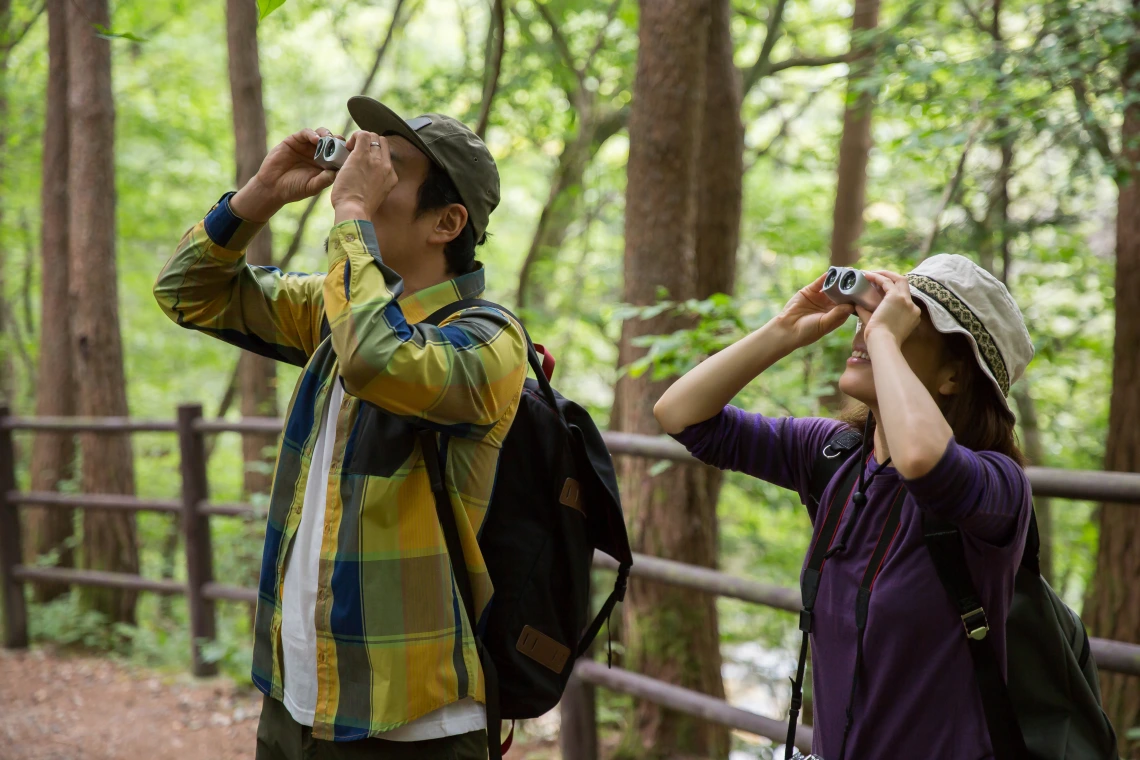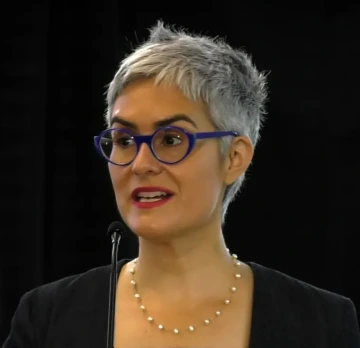New Study by U of A Researchers Shows the Rapidly Rising Profile of Citizen Scientists in Federal Decision-Making
A new, first-of-its-kind study by University of Arizona and University of Florida researchers finds reliance on citizen science has increased dramatically in federal environmental impact reviews.

A new study by researchers at the University of Arizona Udall Center for Studies in Public Policy (UA/UC) and the University of Florida Institute of Food and Agricultural Sciences (UF/IFAS) shows that an increasing number of federal Environmental Impact Statements (EISs) rely on citizen science data from apps like iNaturalist and eBird to justify their findings.
Though citizen science has been referenced in EISs for more than a decade, this study marks the first time that citizen-science data have been investigated within the context of environmental review.
The paper, published on Oct. 10 in the peer-reviewed journal Frontiers in Ecology and the Environment, found that 17 percent of EISs created between 2012 and 2022 made reference to citizen science data or relied directly on such data to support their conclusions. Notably, the reliance on citizen science in EISs increased dramatically over the ten-year period in review. Only 3 percent of EISs drafted in 2012 mention citizen science at all, but the proportion of EISs mentioning citizen science grew to 40 percent by 2022.
Sixty-four percent of EISs citing citizen science used the data to directly inform key decisions. Twenty percent encouraged future citizen science involvement to enhance local engagement with natural resources and environmental decision-making processes.
Environmental Impact Statement Discovery
The study evaluated more than 1300 EISs using a knowledge-discovery platform created by UA/UC Professor Laura López-Hoffman called NEPAccess. NEPAccess is the largest and most comprehensive repository of US federal EISs in existence, larger even than the database maintained by the US Environmental Protection Agency.
Findings from the study, titled “Citizen science as a valuable tool for environmental review,” indicate that citizen science could play an increasingly significant role in environmental review and conservation processes in the US, though the use of such data is not without its challenges.

Corey T. Callaghan, University of Florida
“Citizen science is rapidly evolving to a critical component of environmental review and contributing directly to policy through environmental impact statements,” said lead author Corey Callaghan, an assistant professor at the UF/IFAS Fort Lauderdale Research and Education Center. “Our findings show that data collected by the public can play a significant role in documenting species presence on development sites, which is essential for mitigating biodiversity loss.”
Recent NEPA revisions adopted in July by the White House Council on Environmental Quality emphasize streamlined processes and greater public engagement in environmental reviews, which could provide agencies greater ability to use citizen data. Researchers found that by leveraging crowd-sourced data from citizen scientists, government agencies could make environmental assessments more robust, filling gaps left by traditional methods.
'Harmony Between People and the Environment'
López-Hoffman, senior author on the new paper and one of the nation’s leading experts on the National Environmental Policy Act (NEPA), emphasized the importance of integrating citizen science into regulatory frameworks: “NEPA’s vision is harmony between people and the environment,” said López-Hoffman. “What better way to promote harmony than by having citizen scientists help produce the data used in environmental reviews?”
Researchers point out that while the data can provide critical insights, it is essential to account for potential biases and

Laura López-Hoffman, University of Arizona
ensure the scientific integrity of these contributions. As the role of citizen science continues to expand in environmental reviews, the findings emphasize the necessity for policymakers to consider how these data can effectively inform future assessments and foster a collaborative approach to biodiversity conservation.
“We hope our findings will encourage further dialogue among policymakers, environmental consultants and the public on how citizen science can best be utilized to support sustainable development and biodiversity conservation,” said Callaghan. “By leveraging (citizen science) platforms, policymakers and environmental consultants can access comprehensive biodiversity data that spans years and covers vast geographies, creating more transparent, inclusive and scientifically sound decision-making processes.”

